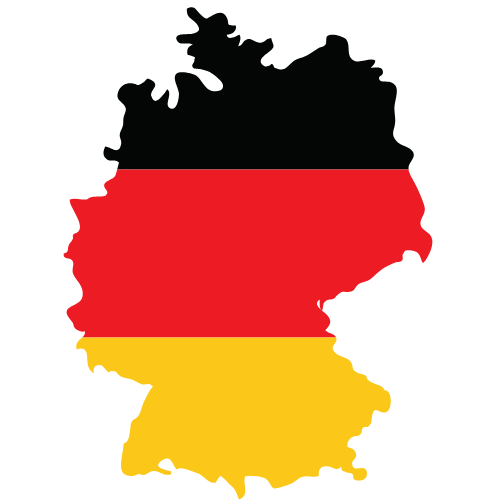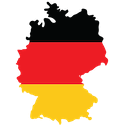Regulatory Road Signs are essential components of Germany’s road system. They dictate what drivers must or must not do and help maintain order on the roads. Whether you’re a new driver or just visiting Germany, understanding these signs is crucial to ensure safety and compliance with traffic laws.
Regulatory Road Signs

209-20 Turn right ahead

209-30 Ahead only

211-20 Turn right

214-20 Ahead or right only

215 Roundabout

224 Bus/tramway stop (also school buses)

222-20 Pass by on right, i.e. keep right

237 Route for pedal cycles only

238 Horses only

239 Pedestrians only

240 Unsegregated route for use by pedal cycles and pedestrians only

241 Segregated pedal cycle and pedestrian route

245 Buses only

268 Snow chains required

275 Minimum speed

279 End of minimum speed
Traffic signs in Germany are super important for keeping everyone safe and organized on the road! Regulatory road signs are like the rules of the road. They tell you what you must or must not do, like stop, go, or how fast you can drive.
But that’s not all! There are also Warning traffic signs, which are triangles with red borders that warn you about things like sharp turns or animals crossing. Then there are Informational signs, which give you helpful info like where to go or how far something is.
If you’re driving in Germany—whether you’re new or just visiting—it’s really important to understand these signs to stay safe and follow the rules. Check out the full guide to Traffic Signs and Signals in Germany to learn more!
What Are Regulatory Road Signs?
Regulatory signs in Germany are primarily circular and come with specific colors and symbols:
• Red circle: Prohibition or restriction.
• Blue circle: Mandatory actions or permitted directions.
• Rectangular or square signs: Provide general information or clarify regulations.
These signs establish legally binding rules, and failure to follow them can result in fines or penalties.
Types of Regulatory Road Signs in Germany
Here are the main categories of regulatory signs you’ll encounter:
1. Prohibitory Signs
Prohibitory signs inform drivers about actions that are not allowed.
• Speed Limit: Indicates the maximum permissible speed (e.g., a red circle with “50” inside).
• No Overtaking: Prohibits overtaking vehicles (e.g., two cars with a red line across).
• No Entry: Marks roads where entry is forbidden (e.g., a red circle with a horizontal white bar).
• No Parking: Restricts parking in certain areas (e.g., a blue square with a red “X”).
2. Mandatory Signs
Mandatory signs instruct drivers about actions they must take.
• Turn Directions: Indicates required turning directions (e.g., a blue circle with a white arrow).
• Pedestrian or Bicycle Paths: Designates paths exclusively for pedestrians, cyclists, or both.
• Roundabout: Requires drivers to enter and follow the circular flow of traffic (e.g., a blue circle with arrows).
3. Priority Signs
Priority signs establish who has the right of way.
• Priority Road: Indicates that you have the right of way on the upcoming stretch (e.g., a yellow diamond).
• Yield: Requires drivers to give way to other vehicles (e.g., an inverted white triangle with a red border).
• Stop Sign: Mandates a complete stop at intersections (e.g., a red octagon with “STOP”).
4. Restriction Signs
These signs enforce specific rules or limitations on road use.
• Weight or Height Limits: Restricts vehicles above a certain weight or height.
• Zone Restrictions: Indicates environmental zones or low-emission zones (e.g., a green circular sign with “Umwelt”).
FAQs About Regulatory Signs in Germany
Q: Are regulatory signs the same across Europe?
A: While many signs follow EU standards, some German-specific signs may differ slightly. It’s important to study Germany’s specific road rules.
Q: Do regulatory signs always have additional plaques?
A: Some signs, such as speed limits, may include additional plaques indicating time frames or conditions (e.g., “7:00-19:00”).
Q: What happens if I ignore a regulatory sign?
A: Ignoring regulatory signs can result in penalties, including fines, points on your driving record, or even license suspension for severe violations.
Q: Are regulatory signs always easy to spot?
A: Most regulatory signs are designed to be easily visible. However, weather conditions or obstructions can make them harder to notice, so always drive attentively.
Q: How can I learn regulatory signs before driving in Germany?
A: Review the official German driving handbook (Führerschein-Buch) or use driving simulation apps to familiarize yourself with the signs and rules.


